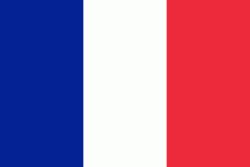Luganville is the second largest city in Vanuatu after the capital Port Vila; it is located on the island of Espiritu Santo and has a population of 18,062 as of the 2020 census. Those on Vanuatu's northern islands who regard Luganville as their big city, particularly indigenous populations, call it Santo; rural residents of Espiritu Santo call it Kanal (from French "second canal"). Luganville served as a major base of operations for American troops during World War II. Boulevard Higinson, the main street that runs through Luganville, contains mainly tourist boutiques and general stores. During WWII, the Americans used the Espiritu Santo as a military base; as a result of the occupation, Boulevard Higinson is unusually wide, as a base commander insisted that four tanks should be able to drive along the road simultaneously. At one end of Higinson is the port, one of two main ports for the island.

















